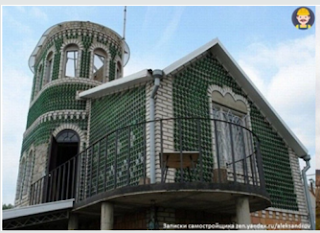A Combined Material Substitution and Process Change Approach to Sustainable Batik Production by Charles Frimpong in Latest Trends in Textile and Fashion Designing (LTTFD) in Lupine Publishers
This paper empirically presents a batik production process optimization
using sustainable production (SP) methods. The stages of
batik production processes involve designing, methodology, dyeing,
washing, and finishing. The cost of production is determined by the
implementation efficiency and calculation of output to input ratio in
the production process. The case study method is employed for production
process optimization in two batik enterprises in the Kumasi metropolis.
The main objective of this research, is to determine the impact of
material sustainability, and the minimization of the production process
cost in order to promote maximum operational economic benefits.
The implications of this intervention shows that, in batik production
process, there could be a saving cost of resisting material by GH₡
31.00,
with a process time of 290mins and an activity cost reduction of GH₡
68.00 by just replacing paraffin wax with cassava starch. The identified
intervention has also been found as significant to address the
identified issues that bring a substantial change in the current
manufacturing
practices of the batik industry. It is recommended that much is to be
gained in sustaining the practice when cultural themes are employed in
the artifacts created.




No comments:
Post a Comment